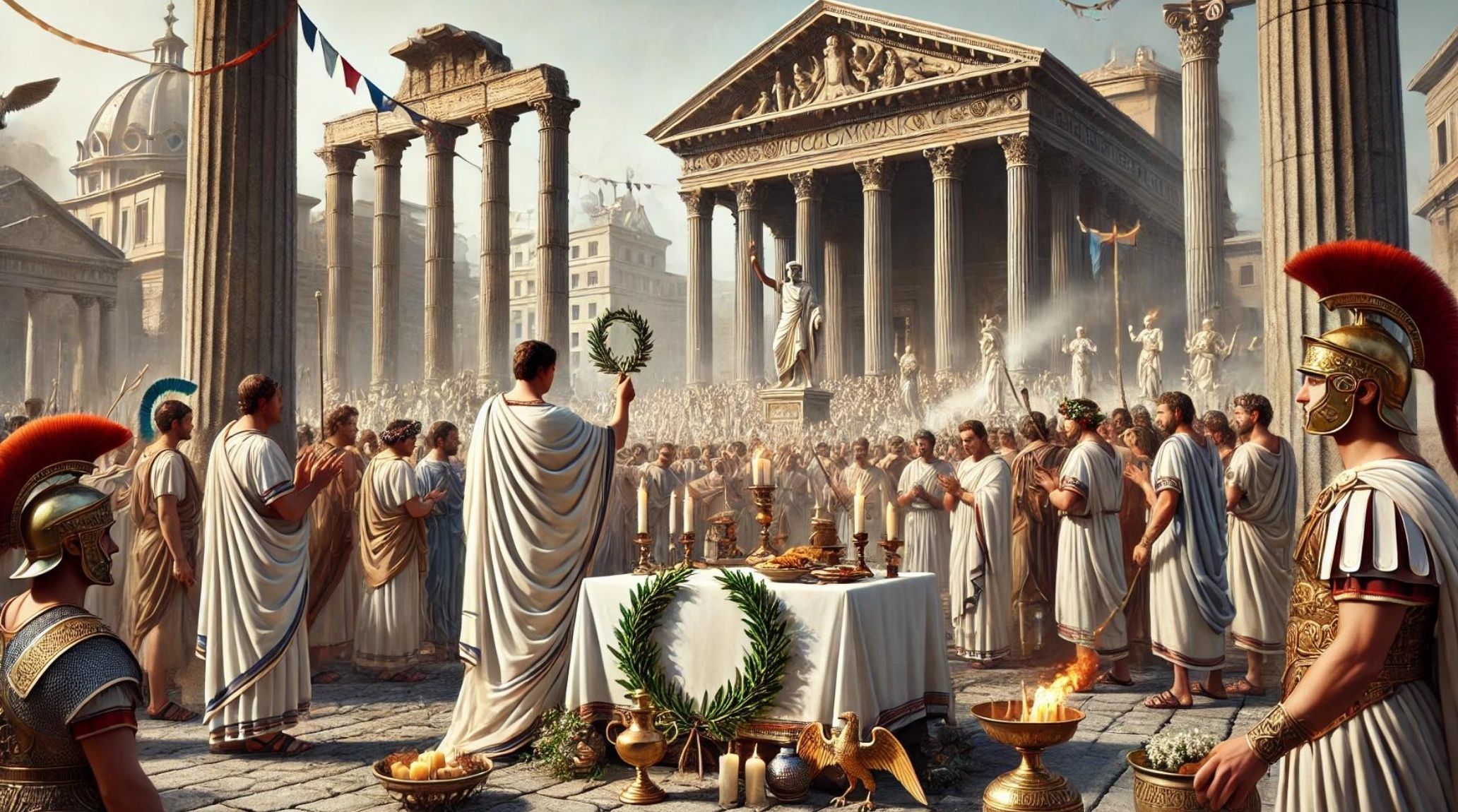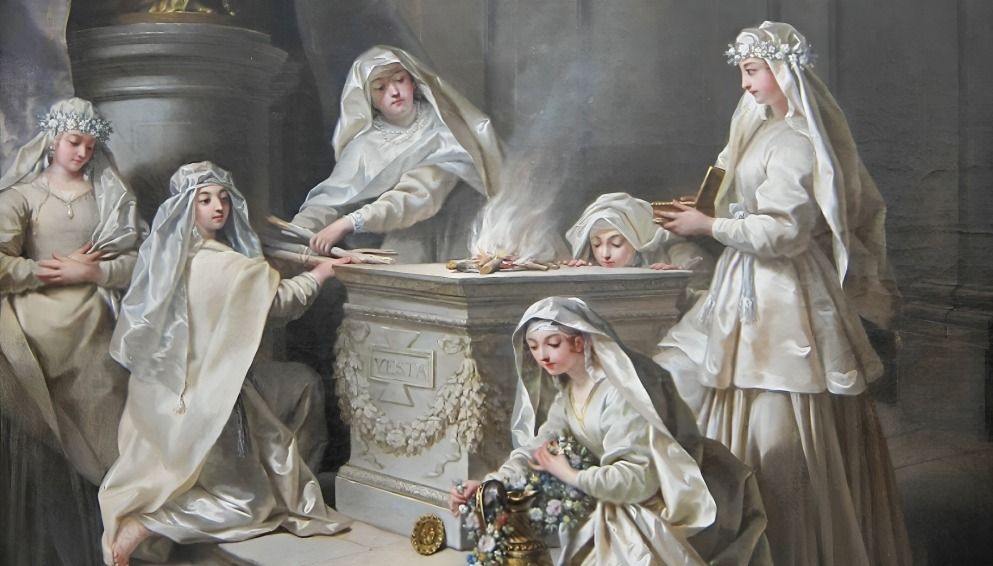
“
Roman religion was a complex and multifaceted system that shaped the lives and culture of ancient Rome. In this blog, we delve into 20 fascinating facts about Roman religion, revealing the rich tapestry of rituals, deities, and traditions that defined one of history's greatest empires. 1
1
”
Before embracing Christianity, the Romans practiced polytheism, worshiping many gods and offering sacrifices for various purposes. They also revered certain animals, believing in their special powers and creating sculptures or images to harness these attributes. 1
The Romans worshiped a pantheon of gods and goddesses representing various aspects of life, such as Jupiter (king of the gods), Juno (queen), Mars (war), and Venus (love). 2
Romans worshiped in temples, typically dedicated to a single god. A special type of temple that honored all the gods was called a pantheon. Animal sacrifice was a common practice during these rituals. 3
Christians faced persecution under the Roman Empire until AD 313, when Emperor Constantine issued the Edict of Milan, ending their persecution. Soon after, Christianity became the official religion of the Roman Empire.4
Christianity began in the Roman Empire, where refusing to worship Roman gods was illegal. Christians met in secret to avoid arrest and persecution, often facing arrest and death if discovered. Despite these dangers, many people converted to Christianity. 5
Roman families worshipped household deities known as Lares and Penates. Lares protected the home and family, while Penates guarded the pantry and food supplies. These deities were honored with small altars and daily offerings in the family’s lararium. 6
Romans practiced augury and divination to interpret the will of the gods. Augurs observed the flight patterns of birds, while haruspices examined animal entrails. These practices were crucial for making decisions on public and private matters. 7

The Vestal Virgins were priestesses dedicated to Vesta, the goddess of the hearth. They were responsible for maintaining the sacred fire in her temple and took a vow of chastity. Their service was highly respected, and breaking their vow was punishable by death.
Roman religion included numerous festivals celebrating various gods and seasons. Festivals like Saturnalia, Lupercalia, and Floralia involved feasting, games, and theatrical performances. 8
Roman priests played a vital role in maintaining religious practices and rituals. They performed ceremonies, offered sacrifices, and interpreted omens. High-ranking priests, such as the Pontifex Maximus, had significant influence over state religion.9
The Egyptian goddess Isis gained popularity in Rome, leading to the establishment of her cult. Her worship involved elaborate rituals and mysteries, emphasizing themes of resurrection and eternal life. 10
The Roman emperors were often deified and worshiped as gods after their deaths. This practice, known as the imperial cult, helped to solidify the emperor’s authority and unify the empire. 11
The Capitoline Triad consisted of Jupiter, Juno, and Minerva, and their temple was one of the most important in Rome. Located on the Capitoline Hill, this triad represented the central trio of Roman deities and symbolized the unity of the Roman state. 12
The Sibylline Books were a collection of prophetic writings used by Roman officials to guide state decisions. These texts were consulted in times of crisis and contained prophecies and advice from the gods, believed to be delivered by Sibyl, a prophetess. 13

Roman temples were designed with a distinctive architectural style featuring a front portico, columns, and an interior cella where the deity’s statue was housed. The design influenced Western religious architecture for centuries.
The Romans practiced syncretism, blending their own religious beliefs with those of conquered peoples. This included incorporating deities and rituals from other cultures, such as Greek gods and Eastern deities, into their religious practices. 14
Each Roman emperor was believed to have a divine aspect called the “Genius.” This spirit was thought to ensure the emperor’s well-being and success, and was honored through rituals and offerings by both the emperor and the populace. 15
Terminus was the god of boundaries and property markers. Romans would hold rituals to ensure that boundaries were respected and protected. The festival of Terminalia, held in February, involved offerings and sacrifices to honor this deity. 16
Rome had various religious colleges, or collegia, each dedicated to specific deities or functions. Members of these colleges performed rituals, maintained temples, and sometimes engaged in political and social activities related to their deities. 17
The Triumph was a grand ceremonial parade celebrating military victories, often involving religious rituals. The victorious general, adorned with laurel wreaths and dressed in purple, would offer thanks to Jupiter and other deities. 18


